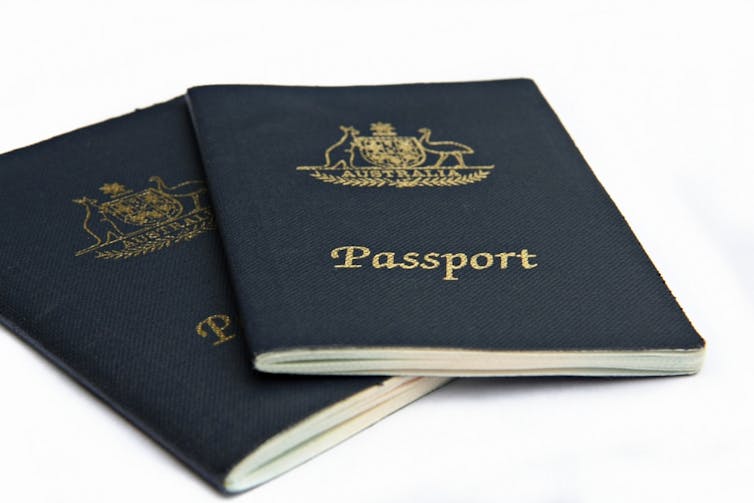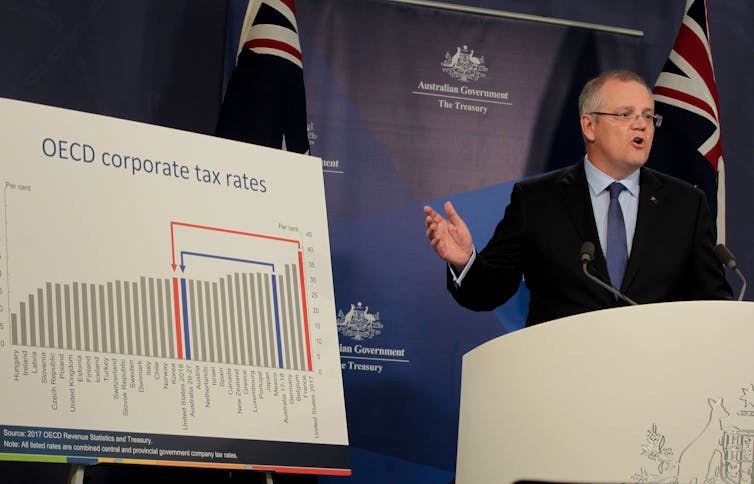
AAP/Mick Tsikas
Michelle Grattan, University of Canberra
A new single legislative framework governing electronic surveillance activities in Australia has been recommended by a sweeping review of the nation’s intelligence laws.
The review found the existing laws governing this area are complex and outdated by changing technology.
The new act – not designed to alter powers – would cover telecommunication interception, covert access to stored communications, computers and telecommunications data, and the use of optical, listening and tracking devices.
The comprehensive review, led by Dennis Richardson, who previously headed the departments of defence and foreign affairs, as well as ASIO, and served as ambassador to the United States.
The Richardson report runs to 1600 pages and 203 recommendations, 13 of them classified. A declassified version was released by Attorney-General Christian Porter on Friday.
In general, the review – the most extensive since the inquiries of the 1970s and 1980s – gave a tick to the principles underpinning current security and intelligence legislation. But it found it in need of rationalisation and modernisation. Porter characterised the reforms as evolutionary rather than revolutionary.
The review did have sharp observations about some agencies, including noting “an immature understanding of the foundational principles governing the intelligence agencies”.
“This lack of understanding led some agencies to suggest that legitimate safeguards should be removed to, for example, facilitate better information sharing or relieve administrative burdens,” the report said.
“The term ‘administrative burden’ tends to be thrown around too loosely by the [national intelligence community] agencies. Government should be wary of, and properly test, such claims.”
The government has accepted almost all the recommendations, including for the new surveillance legislation. Some are accepted in principle or in part. Only four recommendations – none of them classified – have been rejected.
Richardson’s report warns that reforming the surveillance legislation will take years. “This is due to the issues at play, the multitude of interested stakeholders at the Commonwealth, state and territory level and the controversy which attaches to what are, arguably, the most intrusive powers of the state”.
Porter said other changes the government would pursue included
-
strengthening ministerial control over ASIO’s offshore activities
-
streamlining the provisions for issuing emergency warrants
-
ensuring oversight was better embedded when intelligence legislation is created
-
establishing an independent panel to provide technical expertise and assistance to the Inspector General of Intelligence and Security (IGIS).
One of the rejected recommendations would have enabled the parliamentary committee on security and intelligence to be able to request the IGIS to inquire into “the legality and propriety of particular operational activities”.
In its rejection, the government said: “It remains appropriate for ministers to primarily oversee operations and be accountable to parliament”.
The review recommends widening ASIO’s power to collect foreign intelligence. Foreign intelligence means intelligence about the capabilities, intentions or activities of people or organisations outside Australia.
An example would be a dual citizen working in Australia on behalf of a foreign government. The amendment would allow the attorney-general to issue a warrant in relation to the person for the purpose of obtaining foreign intelligence, while the person is in Australia.
At present “ASIO may obtain warrants authorising it to collect foreign intelligence inside Australia. However a warrant cannot be issued for the purpose of collecting information concerning an Australian citizen or permanent resident. This applies while they are in Australia.
“This prohibition should not apply where an Australian citizen or permanent resident is acting for, or on behalf of, a foreign power.”
The review recommended changes to prevent the delegation of the attorney-general’s powers in relation to ASIO warrants and authorisations.
It also found “room to improve” how agencies manage risks to foreign relations.
“There is a simple need for agencies to consult and inform [the foreign affairs department] more readily than what they are doing at present when they are engaging in risky offshore activity.”![]()
Michelle Grattan, Professorial Fellow, University of Canberra
This article is republished from The Conversation under a Creative Commons license. Read the original article.




You must be logged in to post a comment.